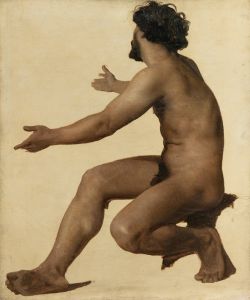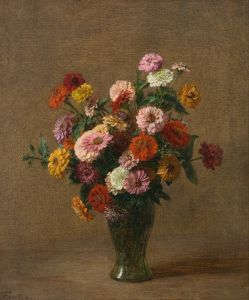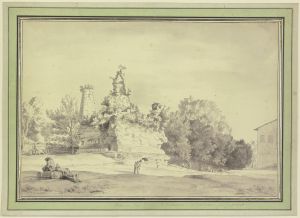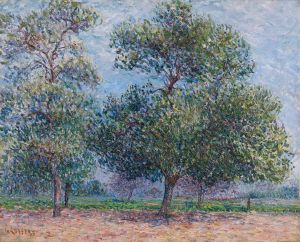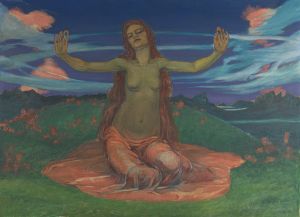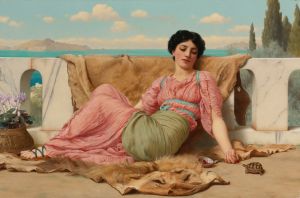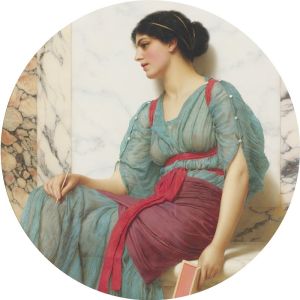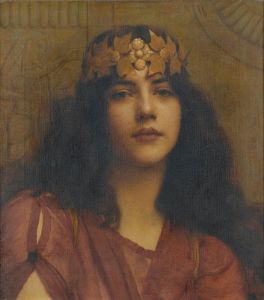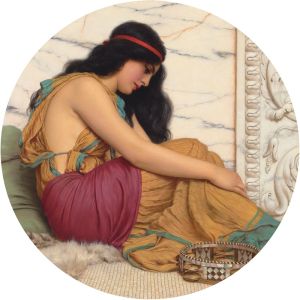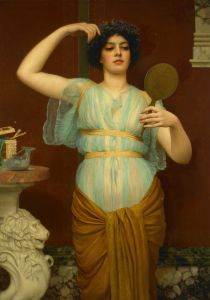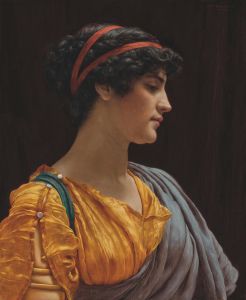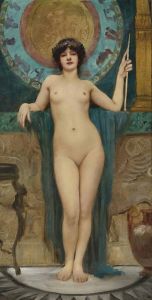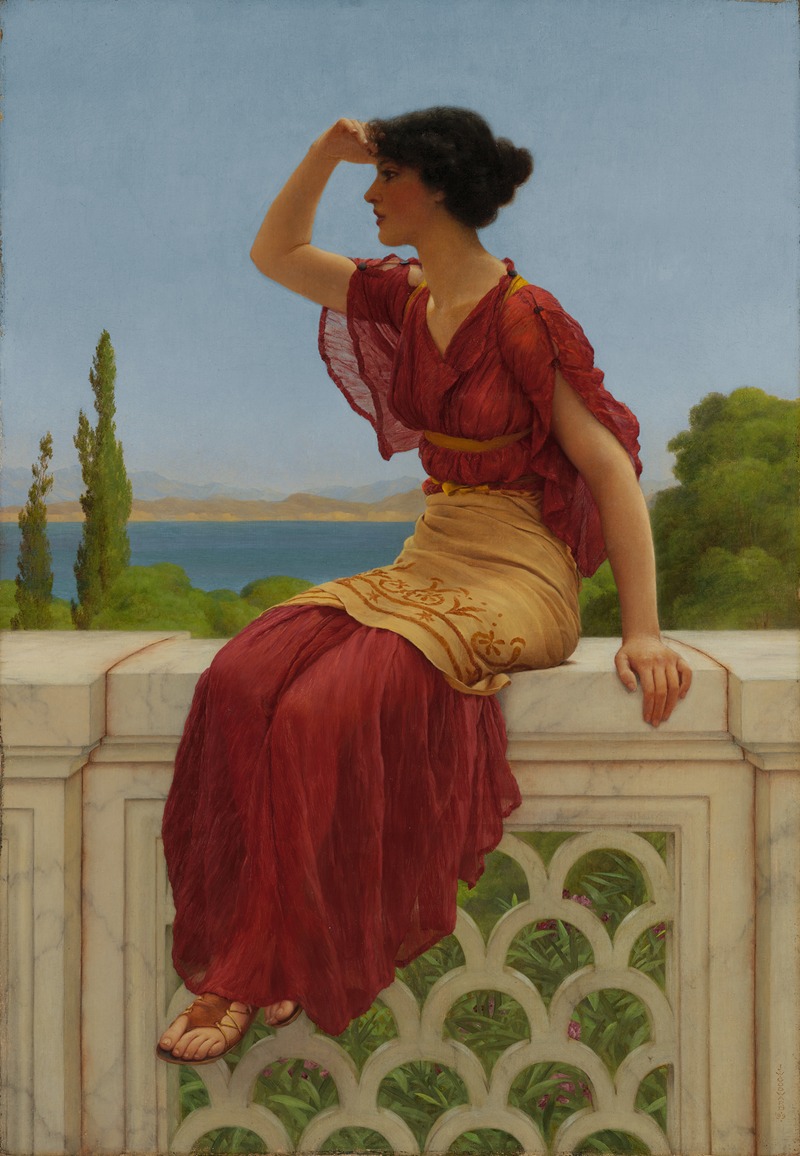
The Signal
A hand-painted replica of John William Godward’s masterpiece The Signal, meticulously crafted by professional artists to capture the true essence of the original. Each piece is created with museum-quality canvas and rare mineral pigments, carefully painted by experienced artists with delicate brushstrokes and rich, layered colors to perfectly recreate the texture of the original artwork. Unlike machine-printed reproductions, this hand-painted version brings the painting to life, infused with the artist’s emotions and skill in every stroke. Whether for personal collection or home decoration, it instantly elevates the artistic atmosphere of any space.
John William Godward was a British painter born on August 9, 1861, and he is best known for his classical style of painting, which often depicted women in classical settings. Godward was associated with the Neo-Classicist movement, and his works are characterized by their meticulous attention to detail and vibrant use of color. His paintings often feature beautiful women in serene, contemplative poses, set against the backdrop of ancient architecture or lush landscapes.
"The Signal" is one of Godward's many works that exemplifies his fascination with the classical world. Although specific details about "The Signal" are not widely documented, it is consistent with Godward's thematic focus on classical antiquity and the idealized beauty of women. His paintings often reflect a romanticized vision of the ancient world, drawing inspiration from the art and culture of ancient Greece and Rome.
Godward's technique was heavily influenced by the Pre-Raphaelite Brotherhood and the works of Sir Lawrence Alma-Tadema, another artist known for his classical themes. Godward's paintings are noted for their smooth, polished surfaces and the realistic depiction of textures, such as marble, fabric, and skin. This attention to detail is evident in the way he rendered the intricate patterns of clothing and the delicate features of his subjects.
In "The Signal," as in many of his works, Godward likely employed a model to pose for the painting, a common practice in his artistic process. He was known for his use of rich, vibrant colors and the careful composition of his scenes, which often included elements such as marble columns, lush drapery, and classical motifs. These elements served to create a timeless and idealized vision of beauty, which was a hallmark of his work.
Godward's career was largely spent in relative isolation from the mainstream art world, partly due to his reclusive nature and partly because his style was considered out of step with the modernist movements that were gaining popularity during his lifetime. Despite this, he achieved a degree of success and recognition, particularly among patrons who appreciated his classical approach.
Unfortunately, Godward's life ended tragically when he died by suicide in 1922. It is said that he left a note stating, "The world is not big enough for myself and a Picasso," indicating his disillusionment with the changing art world. Despite this, his work has continued to be appreciated for its technical skill and aesthetic beauty.
Today, Godward's paintings, including "The Signal," are held in various private collections and museums. His work is often celebrated for its nostalgic and romantic portrayal of the classical past, offering viewers a glimpse into a world of elegance and tranquility. While specific information about "The Signal" may be limited, it remains a part of Godward's enduring legacy as a master of classical beauty in art.





